Deep’s Exopack by Sabine Marcelis helps scientists study insects without harming them
Exopack is a biodiversity project developed with designer Sabine Marcelis, supporting the research of undiscovered and critically endangered insects in the Amazon
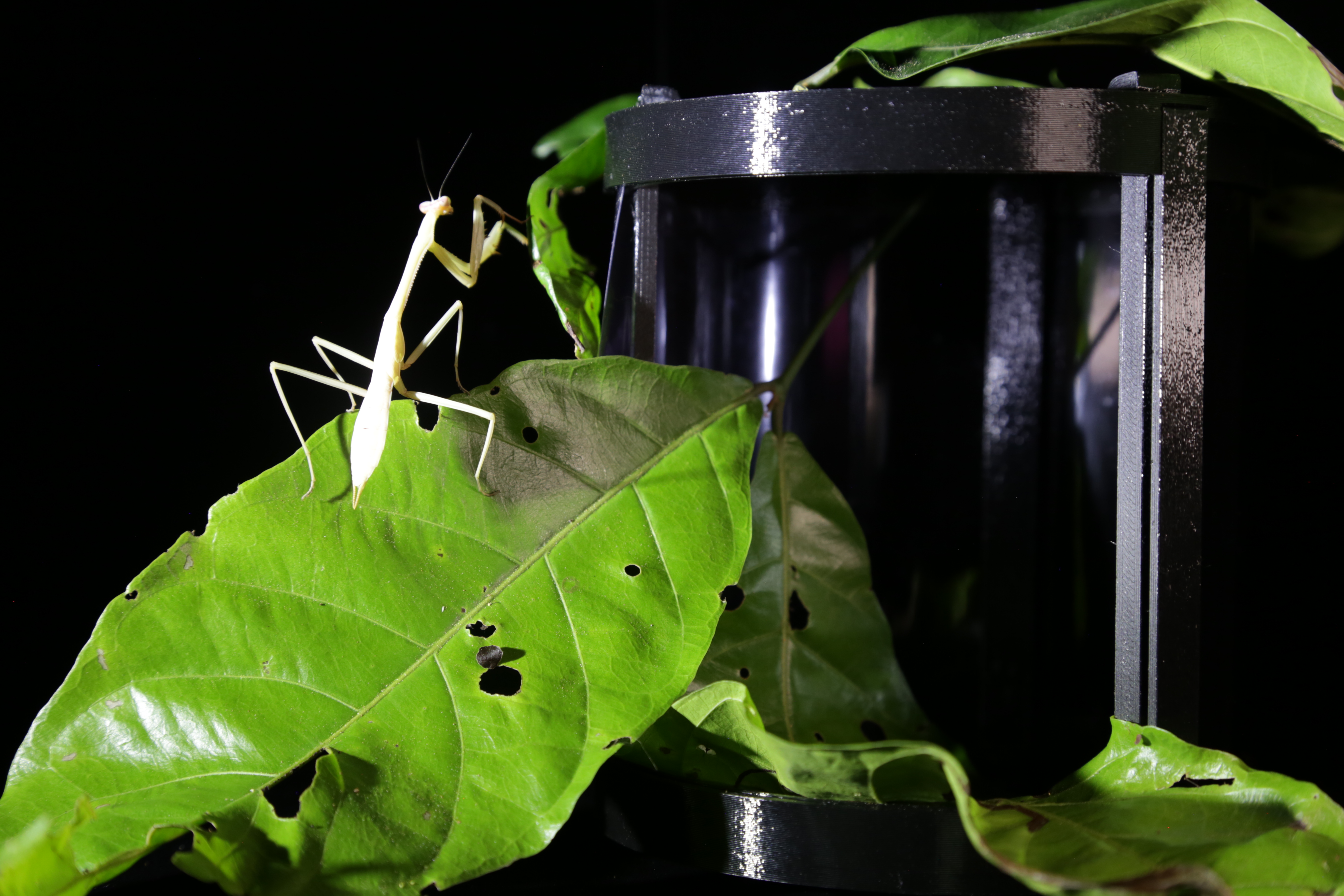
Observing nature without harming it is something that naturalists have struggled to do for centuries. Thankfully, we have moved on from pickling specimens and mounting butterflies to ship them across the world, and the new Exopack research vessel is a case in point.
A project by Deep, a young organisation that straddles the worlds of culture and ecology to build radical biodiversity infrastructure, the Exopack was developed in collaboration with Brazilian insect researchers Projeto Mantis and Rotterdam-based Studio Sabine Marcelis, winner of the Wallpaper* Designer of the Year award in 2020.
This full life-cycle enclosure allows for the ethical collection, transportation, housing and scientific observation of live insect specimens collected from the field in the world’s most biodiverse and remote ecosystems, such as the Amazon rainforest.
Exopack by Deep and Sabine Marcelis
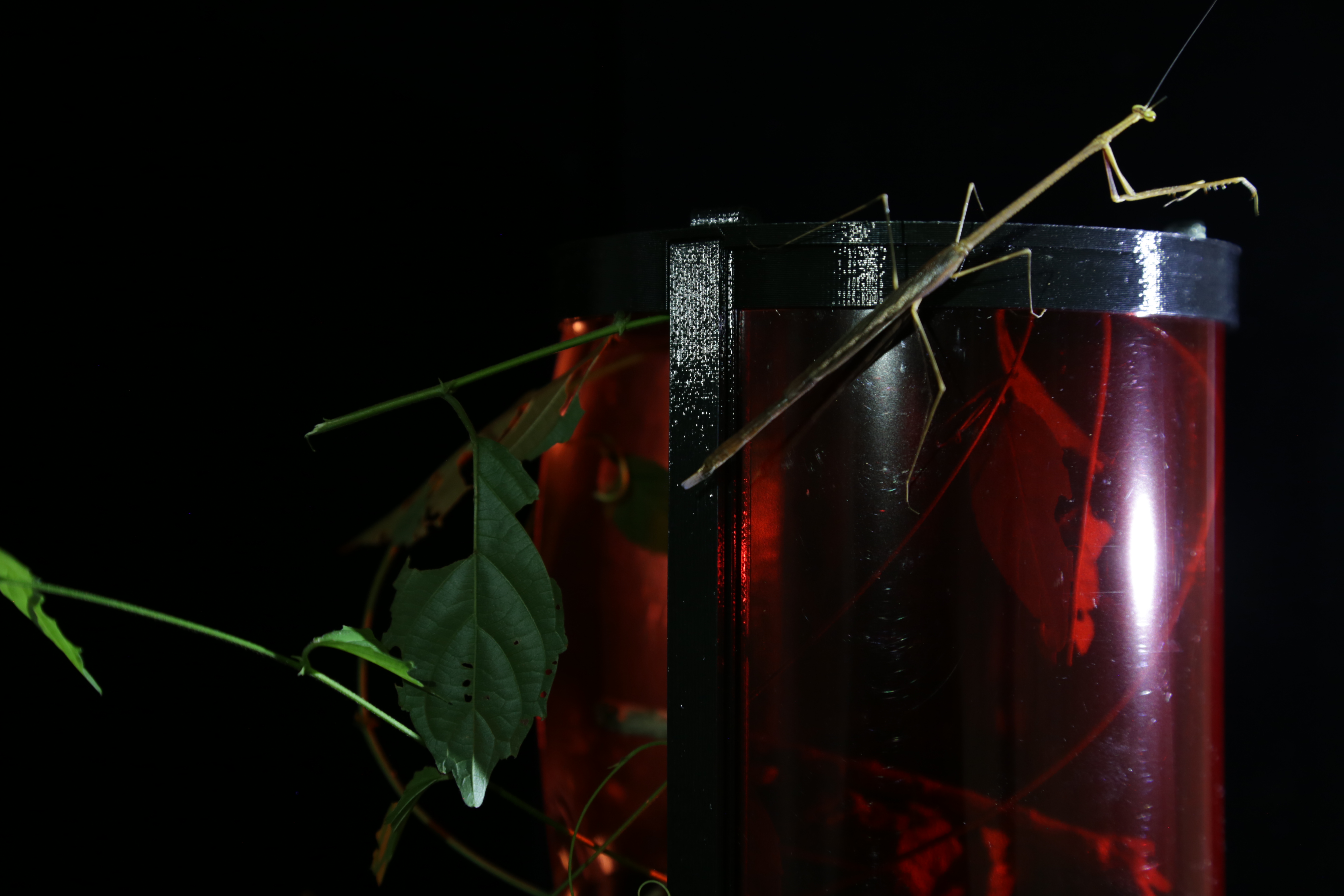
The Dutch design team had to consider key elements such as weight (the scientific expeditions are often month-long and aim to study hundreds of specimens), assembly (a flat-pack model means it can be carried easily on even the most remote expeditions), and reliability (there is no spare parts online deliveries in the actual Amazon).
Another requirement was a clear side panel to allow for observation of the exotic insects, and another, opaque side so that insects would not spot each other, allowing to create a more lab-like environment. Plus, the entire pack had to be made of inexpensive and readily available materials.
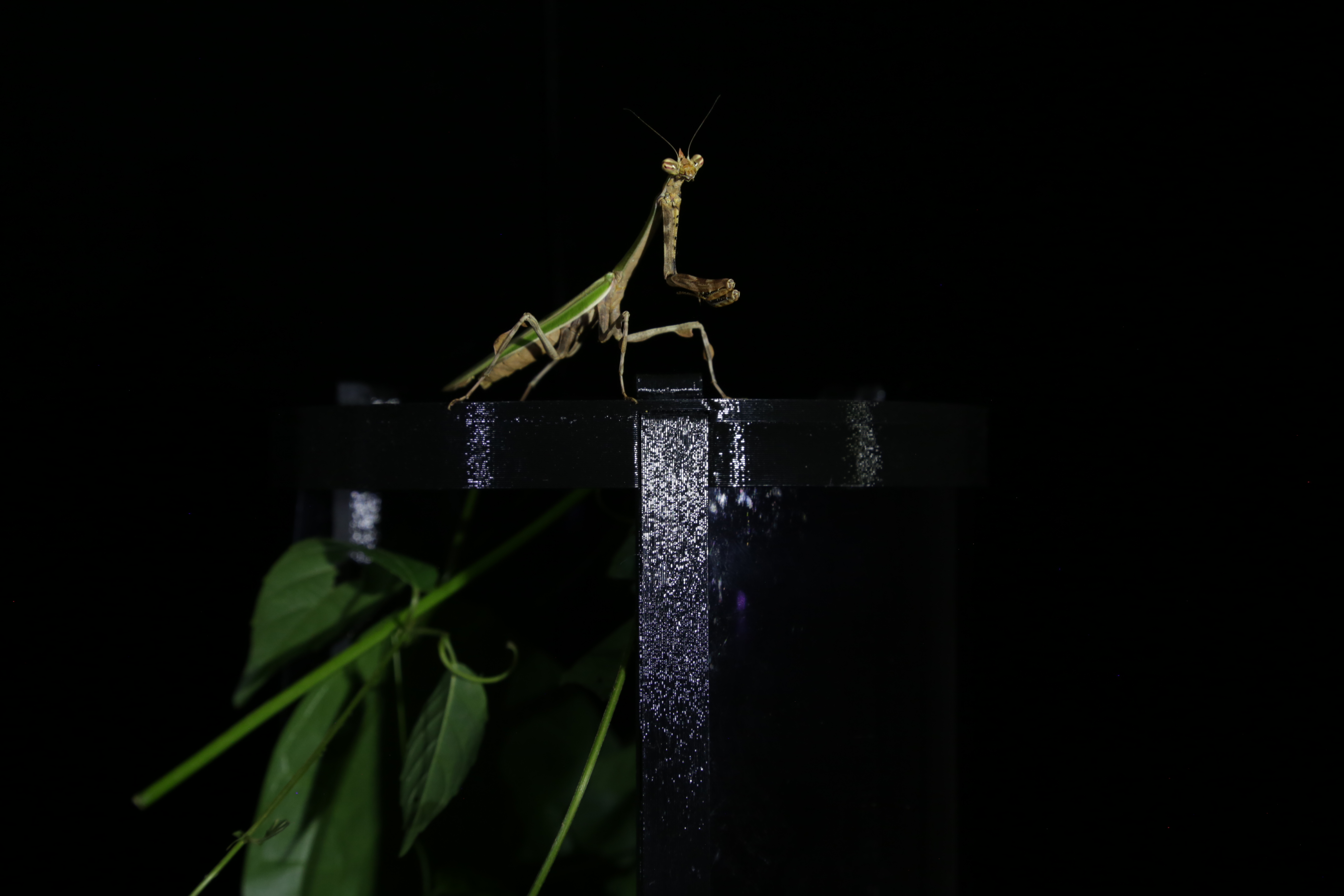
The resulting lightweight Exopack features a 3D-printed armature made of reclaimed slate biofilament, which comes with matching pieces that can be added or removed to adapt the internal size of the enclosure to the scientists’ needs.
Studio Sabine Marcelis also deployed its signature colour fades and gradients – more typically used on designs such as 2016’s ‘Hue’ mirror with Brit van Nerven, a series of resin fountains for Fendi 2018, or a 2023 lava lamp for Mathmos – on a PET film which serves as the catchment membrane for insect collection and feeding.
Wallpaper* Newsletter
Receive our daily digest of inspiration, escapism and design stories from around the world direct to your inbox.

In November 2023, Deep field tested the Exopack with Projeto Mantis on an expedition to the Viruá National Park in the Brazilian Amazon, supported by the National Geographic Society. With over 90 hours of nocturnal fieldwork, it was a scientific success: the team spotted over 30 mantis species from 24 different genera, including at least one new mantis species, and a wide variety of unique camouflages, including dead leaf, stick and bark.
Founded in 2020 in Como, Italy, Deep aims to promote radical scientific and artistic collaboration in order to develop radical biodiversity infrastructure to empower life on earth. ‘We believe there is no return to nature, only evolution,’ says its mission statement. So far it has executed large-scale bioacoustics surveys powered by machine learning, supported community-led resource management strategies, and built bespoke air quality monitoring platforms.
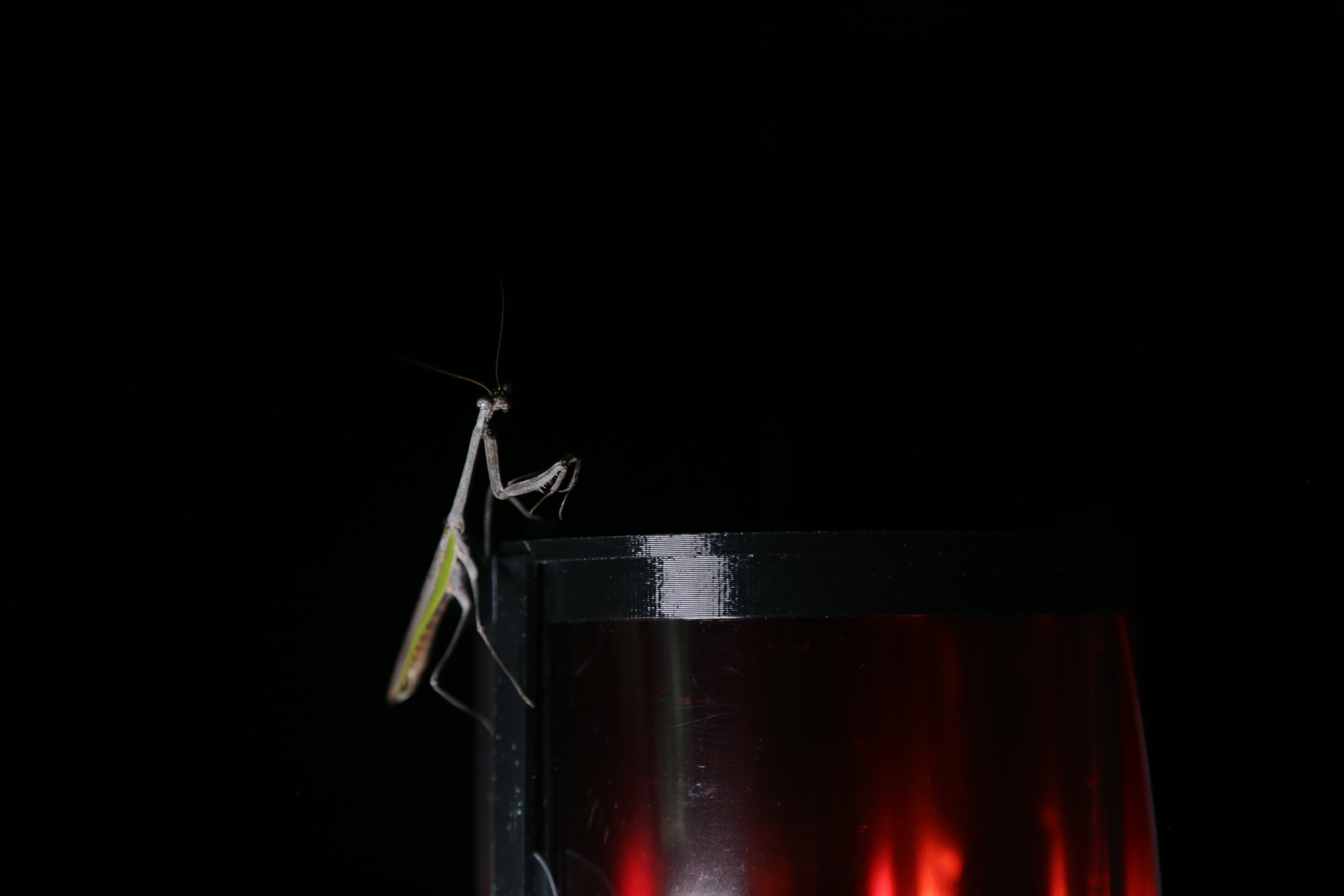
Deep is currently looking into how to deploy more Exopacks in a series of expeditions to expand insect knowledge, and working on designing AI-enabled biodiversity monitoring systems. Its next fieldwork mission will be to the Gunung Leuser National Park in Sumatra, Indonesia – one of the world’s oldest jungles and home to the Sumatran tiger, rhinoceros, elephant and orangutan.
deepenergies.com
sabinemarcelis.com
Léa Teuscher is a Sub-Editor at Wallpaper*. A former travel writer and production editor, she joined the magazine over a decade ago, and has been sprucing up copy and attempting to write clever headlines ever since. Having spent her childhood hopping between continents and cultures, she’s a fan of all things travel, art and architecture. She has written three Wallpaper* City Guides on Geneva, Strasbourg and Basel.
-
 Marylebone restaurant Nina turns up the volume on Italian dining
Marylebone restaurant Nina turns up the volume on Italian diningAt Nina, don’t expect a view of the Amalfi Coast. Do expect pasta, leopard print and industrial chic
By Sofia de la Cruz
-
 Tour the wonderful homes of ‘Casa Mexicana’, an ode to residential architecture in Mexico
Tour the wonderful homes of ‘Casa Mexicana’, an ode to residential architecture in Mexico‘Casa Mexicana’ is a new book celebrating the country’s residential architecture, highlighting its influence across the world
By Ellie Stathaki
-
 Jonathan Anderson is heading to Dior Men
Jonathan Anderson is heading to Dior MenAfter months of speculation, it has been confirmed this morning that Jonathan Anderson, who left Loewe earlier this year, is the successor to Kim Jones at Dior Men
By Jack Moss
-
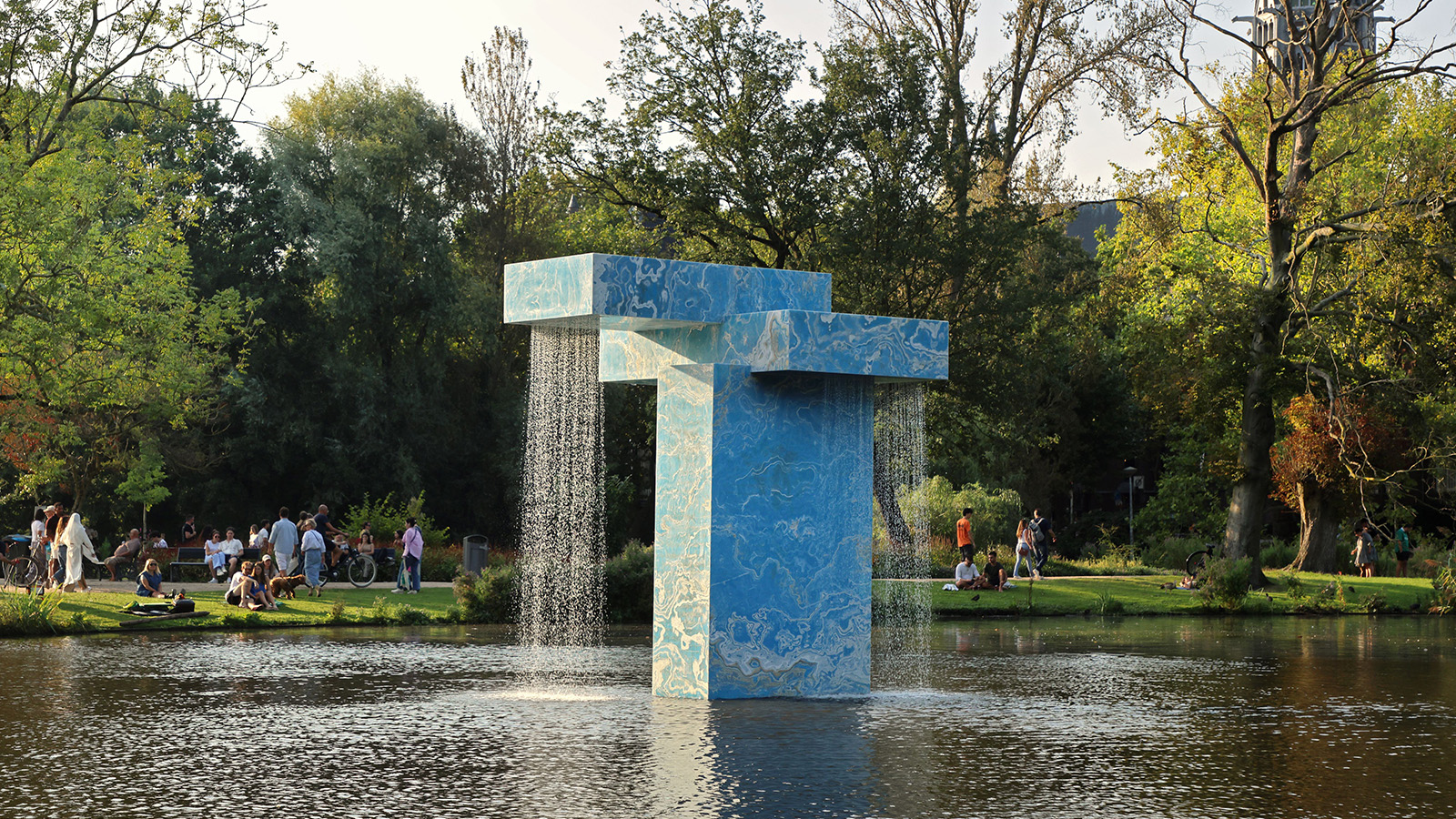 SolidNature and Sabine Marcelis make a splash with ‘The Vondel Fountain, Stacked’ in Amsterdam
SolidNature and Sabine Marcelis make a splash with ‘The Vondel Fountain, Stacked’ in AmsterdamWe see stone company SolidNature’s fountain unveiled during Amsterdam Fashion Week, and speak to its CEO learn about the brand’s past and future
By Ali Morris
-
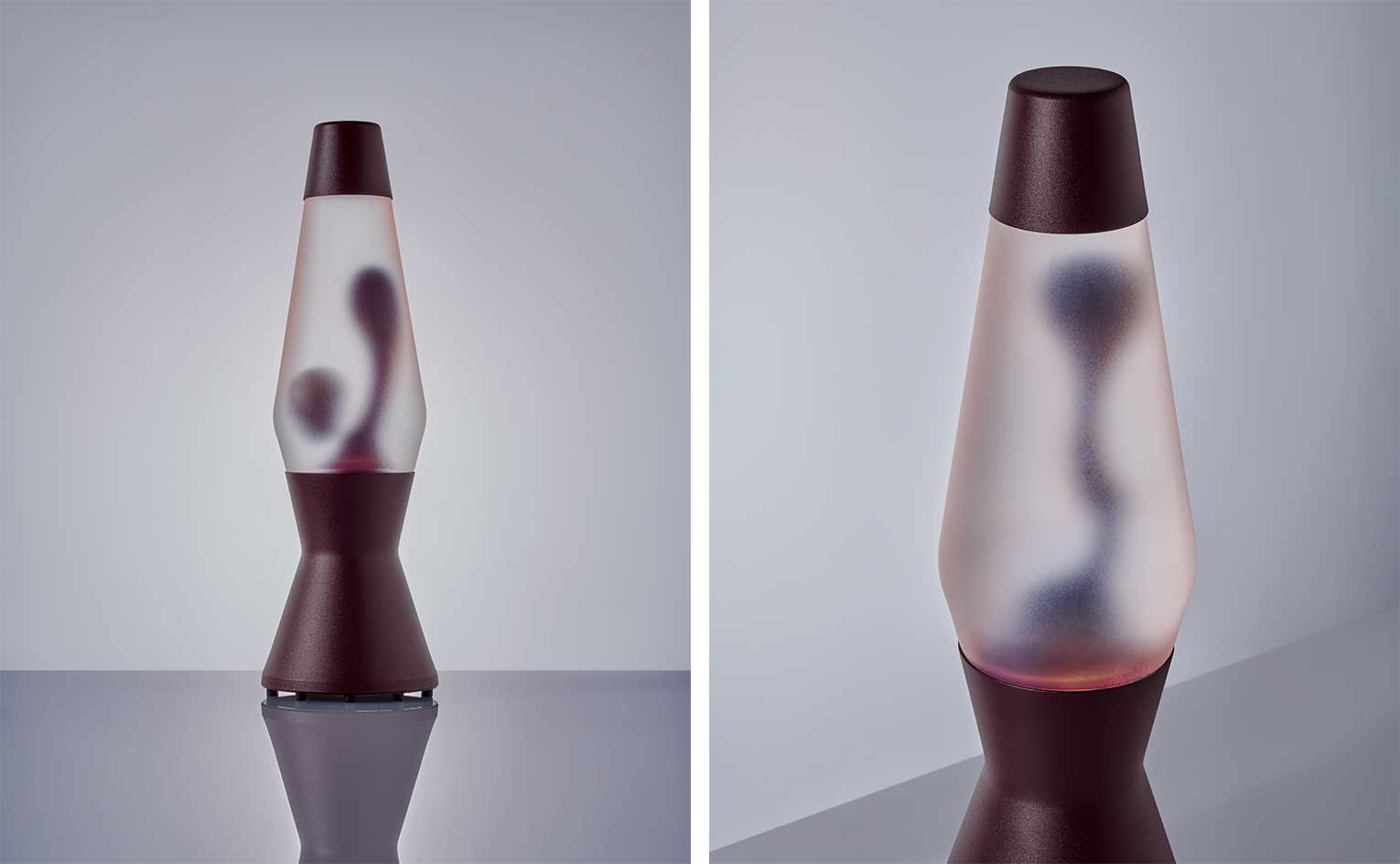 Sabine Marcelis unveils new burgundy Lava Lamp
Sabine Marcelis unveils new burgundy Lava LampSabine Marcelis designs a new burgundy Lava Lamp for Mathmos, her second design for the brand, initially imagined for the designer's VitraHaus interiors and available as a limited edition from October 2024
By Rosa Bertoli
-
 Sabine Marcelis' colourful overhaul of VitraHaus is so delicious you'll wish you could move in
Sabine Marcelis' colourful overhaul of VitraHaus is so delicious you'll wish you could move inSabine Marcelis brings elements from her own home to the interiors of the VitraHaus Loft, including a pink bathroom and mint green conversation pit
By Léa Teuscher
-
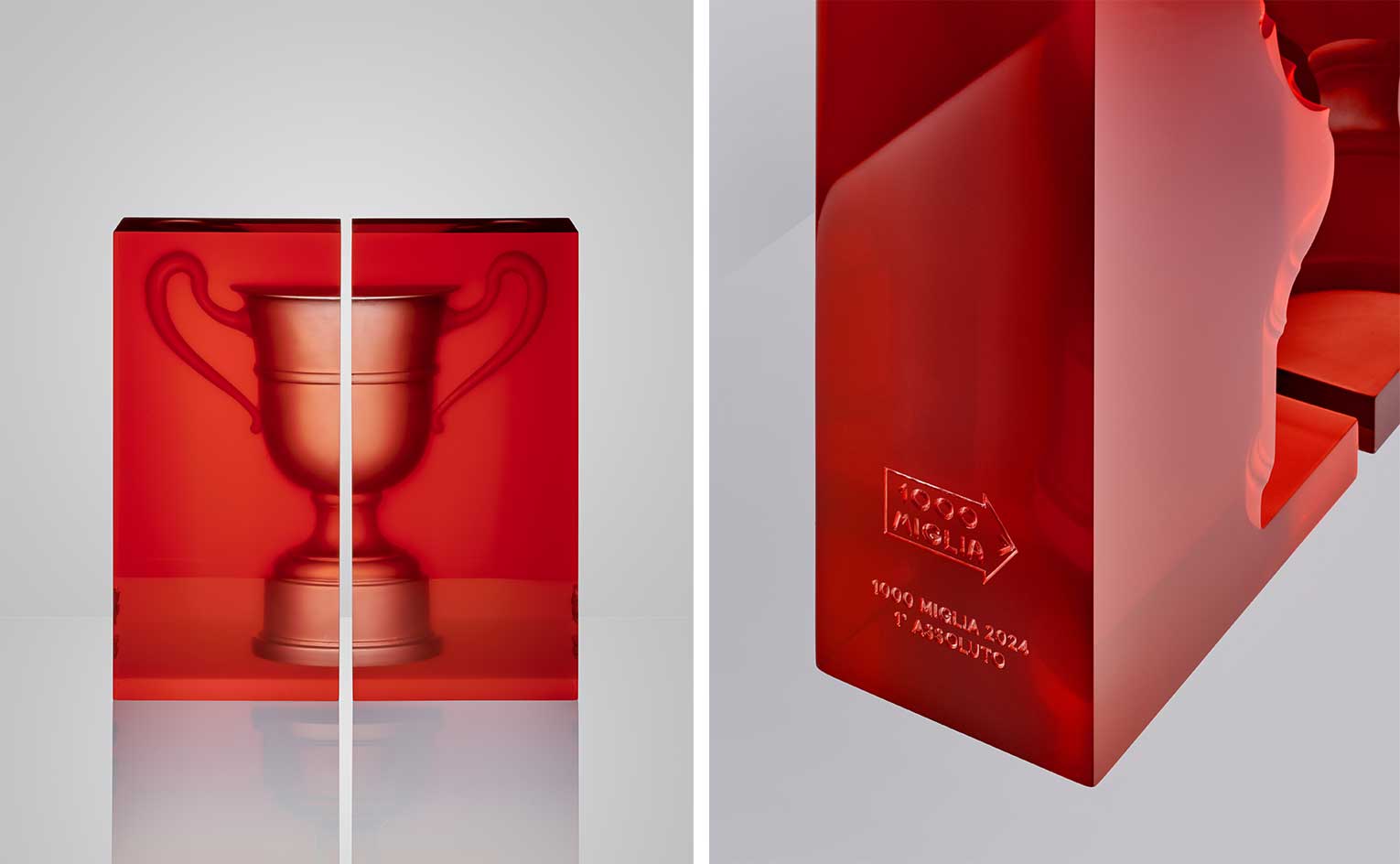 Sabine Marcelis' new 1000 Miglia trophy ‘celebrates the deep and lasting bond between pilot and co-pilot’
Sabine Marcelis' new 1000 Miglia trophy ‘celebrates the deep and lasting bond between pilot and co-pilot’1000 Miglia 2024 features trophies and medals by Sabine Marcelis in collaboration with Brescia's Palazzo Monti, as the week-long vintage car race crosses the finishing line on Sunday 15 June
By Léa Teuscher
-
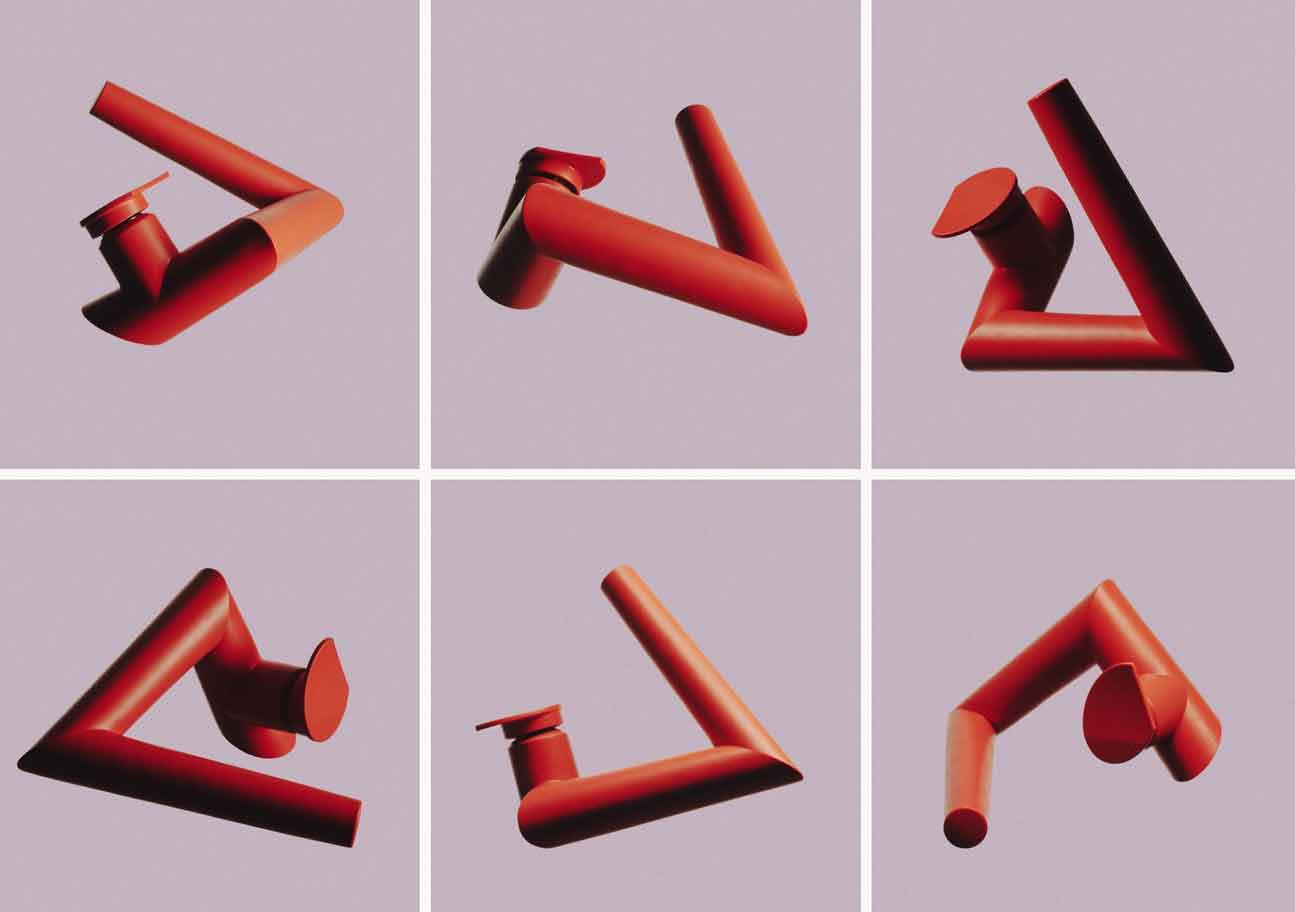 2024 horoscope: design for every star sign
2024 horoscope: design for every star signFor the Wallpaper* 2024 horoscope, we asked Italian astrologist Lumpa what the year has in store, and what design objects each star sign will love
By Lumpa
-
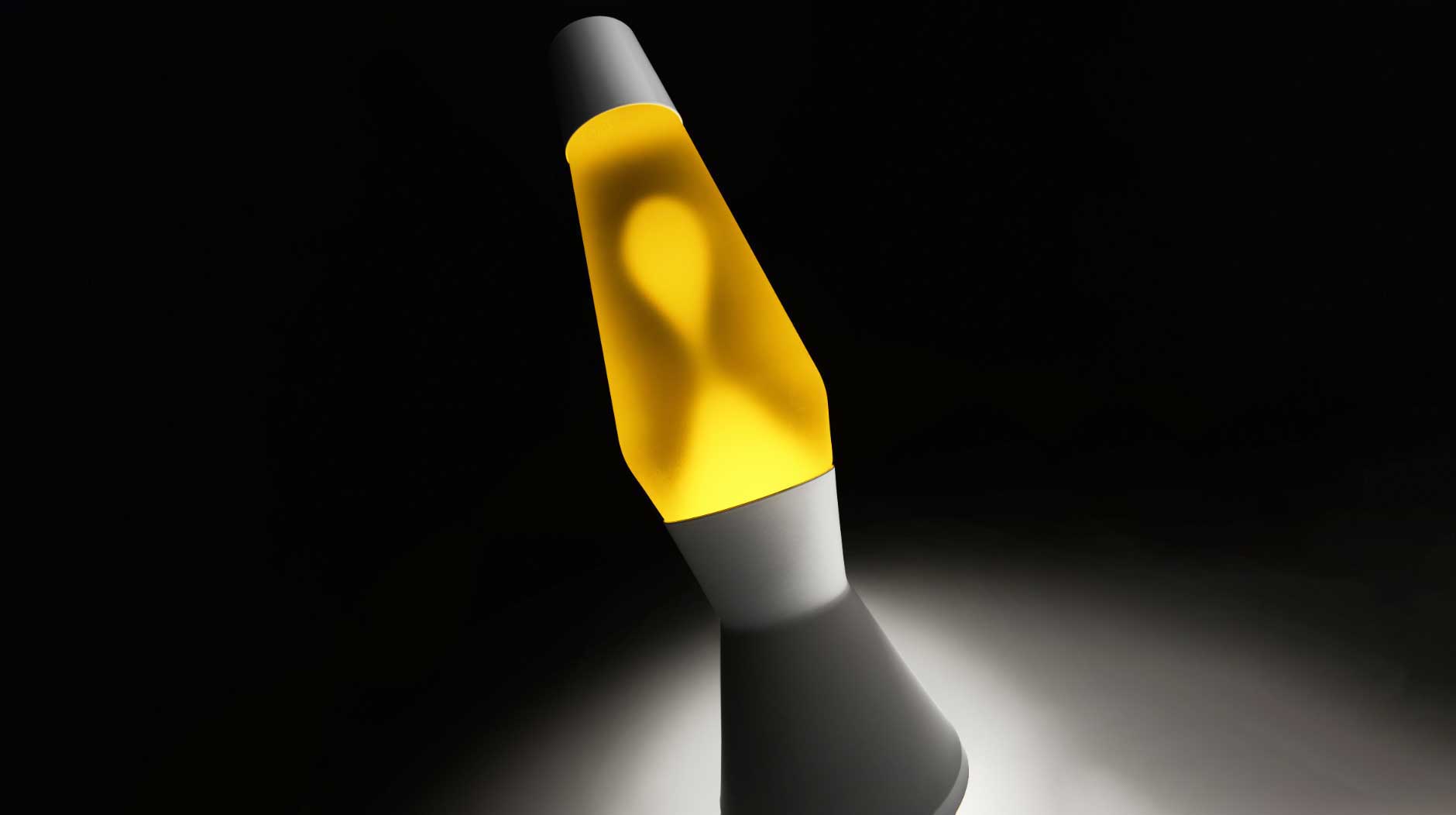 Sabine Marcelis’ lava lamp elevates the classic design’s magic
Sabine Marcelis’ lava lamp elevates the classic design’s magicSabine Marcelis has worked with Mathmos on a special edition lava lamp to mark the design’s 60th anniversary
By Rosa Bertoli
-
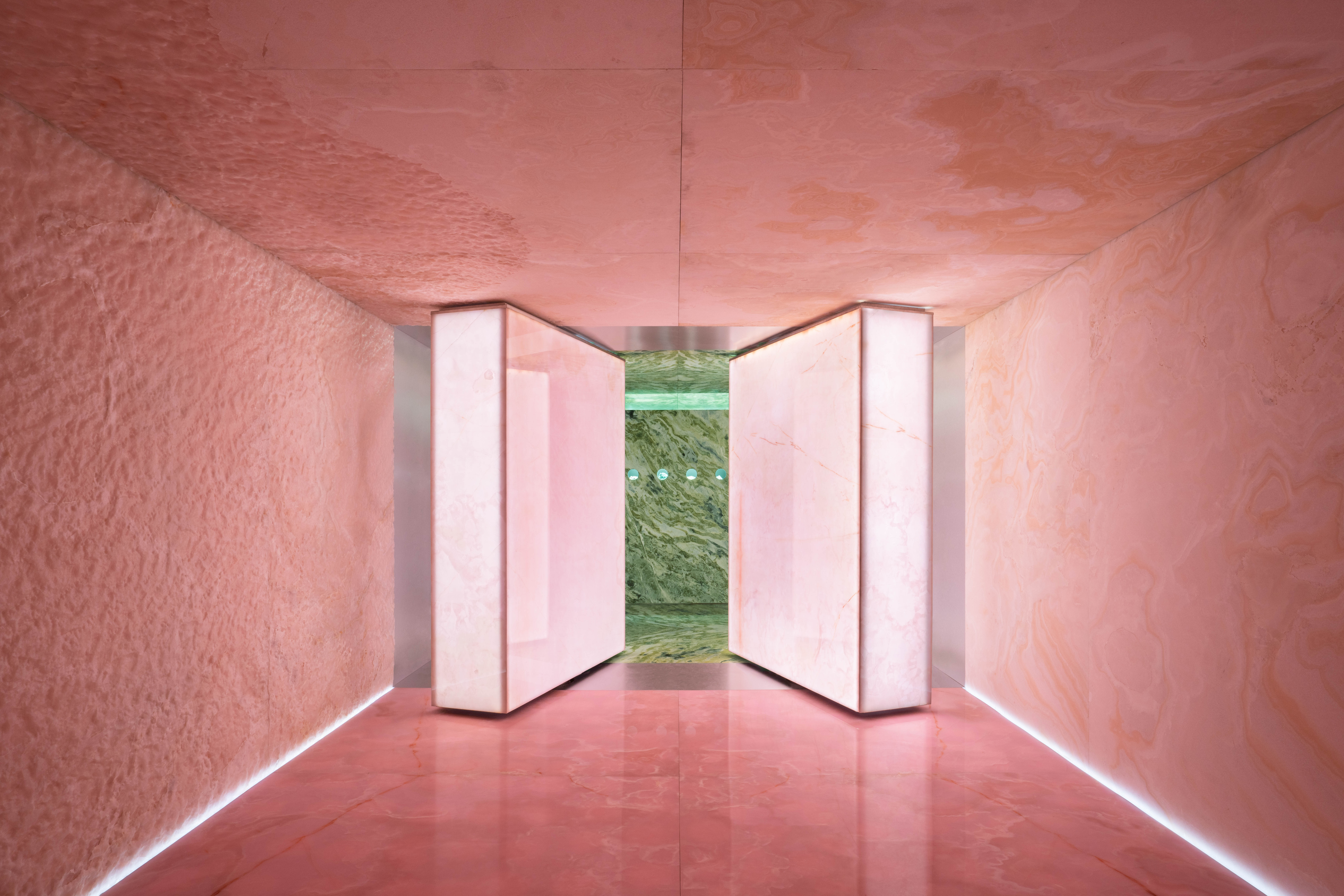 SolidNature’s stone garden of wonders at Milan Design Week
SolidNature’s stone garden of wonders at Milan Design WeekSolidNature taps OMA and Sabine Marcelis for a dreamlike Milan Design Week installation
By Laura May Todd
-
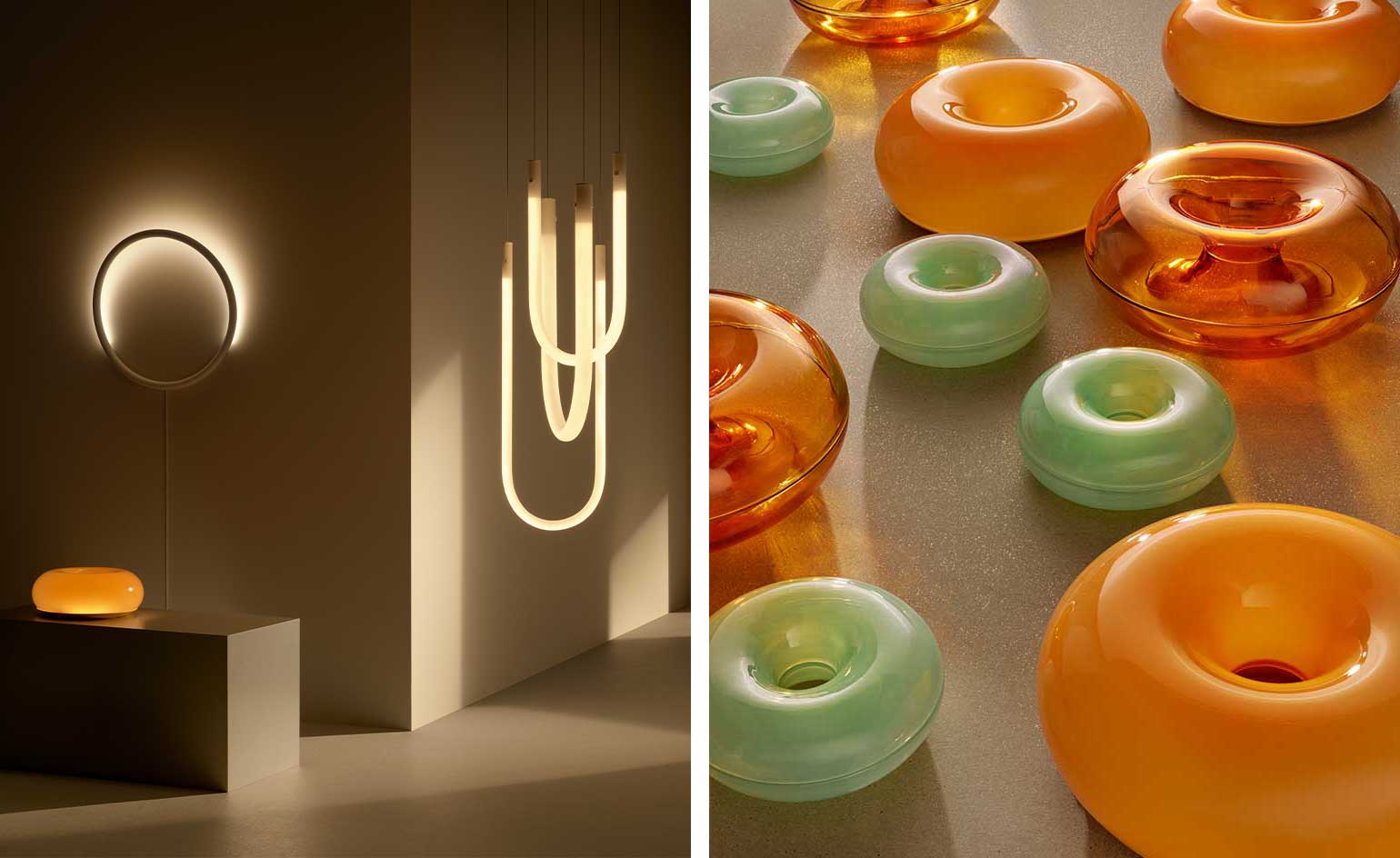 Ikea and Sabine Marcelis' luminous new collaboration is now available to buy
Ikea and Sabine Marcelis' luminous new collaboration is now available to buyIkea and Sabine Marcelis present the much-anticipated ‘Varmblixt’ collection: now available online, the collection features conceptual lights that ‘bounce off the wall’, as well as home accessories and glassware inspired by Marcelis' recurring donut shape
By Harriet Lloyd-Smith